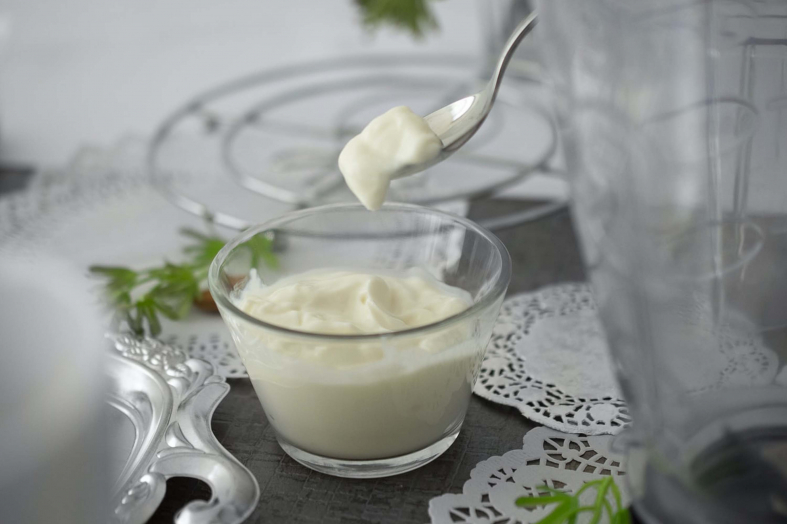Are you searching for an effective cream of tartar substitute for your baking needs? Cream of tartar plays a crucial role in stabilizing egg whites and adding acidity to recipes, but don't worry if you run out of it! This comprehensive guide will walk you through the best alternatives, their uses, and how to incorporate them into your cooking and baking.
When baking or cooking, having the right ingredients can make all the difference in achieving the perfect texture and flavor. Cream of tartar is a common ingredient used in recipes, especially for stabilizing egg whites, leavening agents, and adding a tangy flavor. However, it's not always readily available in every pantry.
In this article, we'll explore various substitutes for cream of tartar that can work just as effectively in your recipes. You'll learn about the best alternatives, how they function, and tips for using them successfully. So, let's dive into the world of cream of tartar substitutes!
Read also:Anandabazar Newspaper A Comprehensive Look At Bengals Leading Daily
Table of Contents
- What is Cream of Tartar?
- Why Use Cream of Tartar Substitutes?
- Biological Substitutes
- Chemical Substitutes
- Natural Substitutes
- Substitutes for Specific Recipes
- Tips for Substituting Cream of Tartar
- Frequently Asked Questions
- Health Benefits of Cream of Tartar Alternatives
- Conclusion
What is Cream of Tartar?
Cream of tartar, also known as potassium bitartrate or tartaric acid, is a byproduct of winemaking. It's a white powder that's commonly used in baking as a stabilizer, leavening agent, and acidifier. This ingredient helps prevent sugar crystallization, stabilizes egg whites, and adds a tangy flavor to baked goods.
Key Characteristics:
- Prevents sugar crystallization in candies and syrups.
- Stabilizes egg whites for meringues and frostings.
- Acts as a leavening agent when combined with baking soda.
Why Use Cream of Tartar Substitutes?
While cream of tartar is a versatile ingredient, there are several reasons why you might need a cream of tartar substitute:
Availability
In some regions, cream of tartar may not be readily available in grocery stores. In such cases, knowing suitable substitutes can save your recipe.
Dietary Restrictions
Some individuals may avoid cream of tartar due to dietary restrictions or personal preferences. Alternatives can provide similar results without compromising your dietary needs.
Cost-Effectiveness
Cream of tartar substitutes can often be more cost-effective, especially if you already have them in your pantry.
Read also:Cerritos Mall Black Friday Hours Your Ultimate Guide To Shopping
Biological Substitutes
Biological substitutes for cream of tartar include ingredients derived from natural sources. These options are great for those looking for organic or plant-based alternatives.
Lemon Juice
Lemon juice is a popular substitute for cream of tartar due to its acidic properties. It works well in recipes where acidity is needed, such as in meringues and frostings.
Vinegar
Vinegar, particularly white vinegar, can also act as a cream of tartar substitute. It provides the necessary acidity for stabilizing egg whites and preventing sugar crystallization.
Chemical Substitutes
Chemical substitutes are often used in baking and cooking to mimic the effects of cream of tartar. These options are especially useful when precise results are required.
Baking Powder
Baking powder is a combination of baking soda and cream of tartar. If a recipe calls for both baking soda and cream of tartar, you can substitute with baking powder in a 2:1 ratio.
Citric Acid
Citric acid is another chemical substitute that provides acidity and can be used in place of cream of tartar. It's commonly found in powdered form and works well in baking and candy-making.
Natural Substitutes
Natural substitutes for cream of tartar are ideal for those who prefer using whole, unprocessed ingredients in their cooking and baking.
Yogurt
Plain yogurt can add acidity to recipes and works well in baking. It's especially effective in recipes where a moist texture is desired.
Buttermilk
Buttermilk is another natural substitute that provides acidity and enhances flavor. It's commonly used in pancakes, waffles, and cakes.
Substitutes for Specific Recipes
Different recipes may require specific substitutes for cream of tartar. Below are some examples:
Meringues
For meringues, lemon juice or vinegar can be used as a substitute. Add a small amount to stabilize the egg whites and achieve the desired consistency.
Frostings
When making frostings, citric acid or baking powder can be effective substitutes. They help prevent the frosting from becoming grainy and provide a smooth texture.
Tips for Substituting Cream of Tartar
Here are some tips to ensure successful substitution:
- Start with small amounts and adjust as needed.
- Consider the flavor profile of the substitute and how it will affect the final product.
- Test the substitute in a small batch before using it in a larger recipe.
Frequently Asked Questions
Q: Can I use baking soda instead of cream of tartar?
A: Baking soda alone cannot replace cream of tartar, as it lacks the acidic properties needed for stabilization. However, baking powder, which contains both baking soda and cream of tartar, can be used as a substitute.
Q: How do I store cream of tartar substitutes?
A: Store substitutes like lemon juice, vinegar, and citric acid in a cool, dry place. Yogurt and buttermilk should be refrigerated.
Health Benefits of Cream of Tartar Alternatives
Some cream of tartar substitutes offer additional health benefits. For example, lemon juice and vinegar are rich in antioxidants and can aid in digestion. Yogurt and buttermilk provide probiotics that support gut health.
Conclusion
Finding a cream of tartar substitute doesn't have to be daunting. With the right alternatives and knowledge, you can achieve similar results in your cooking and baking. Whether you choose biological, chemical, or natural substitutes, always consider the specific needs of your recipe and the flavor profile of the substitute.
Take Action: Try out one of the substitutes mentioned in this article and share your experience in the comments below. Don't forget to explore other articles on our site for more baking tips and tricks!



